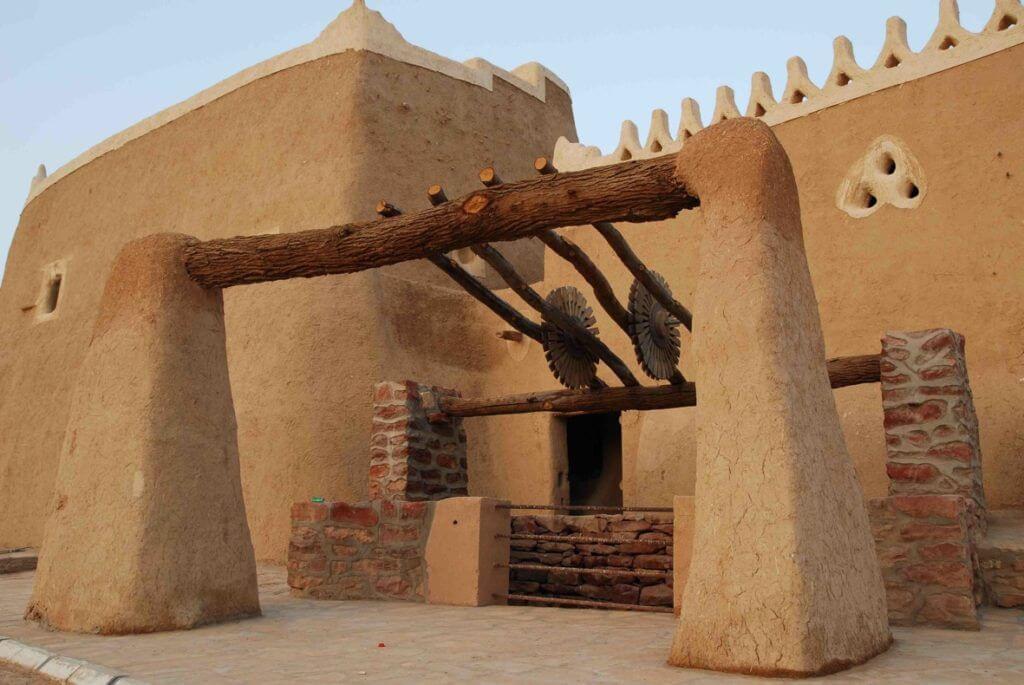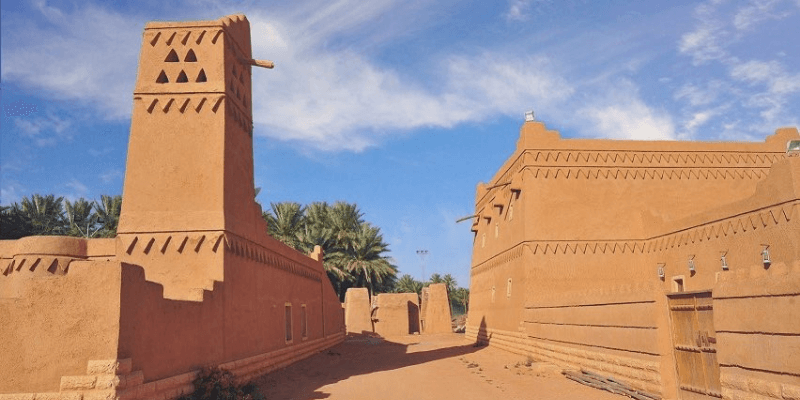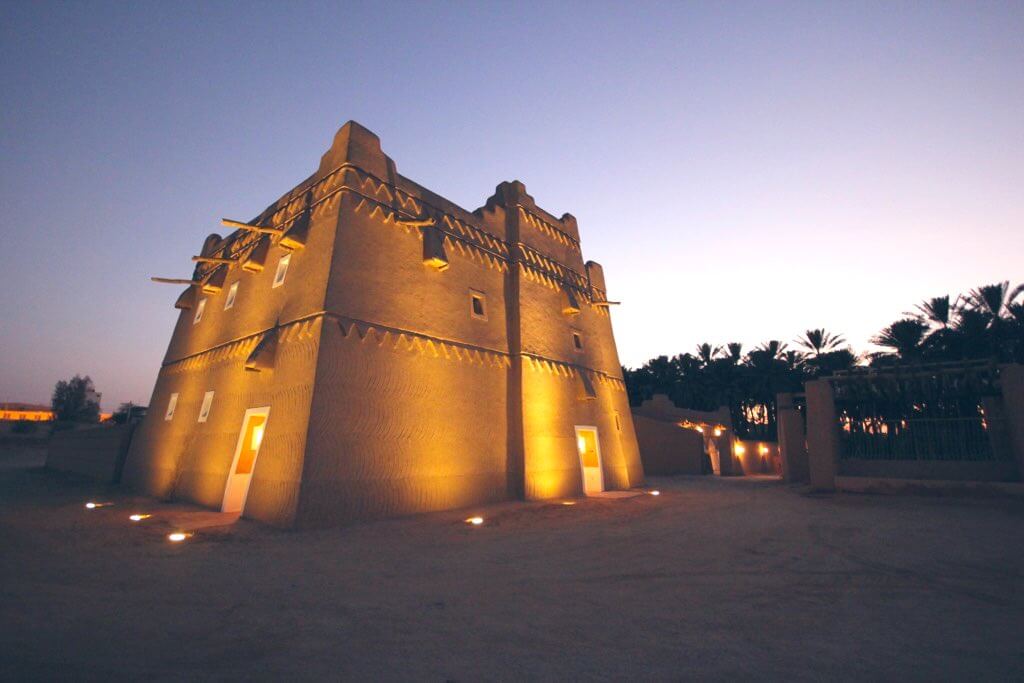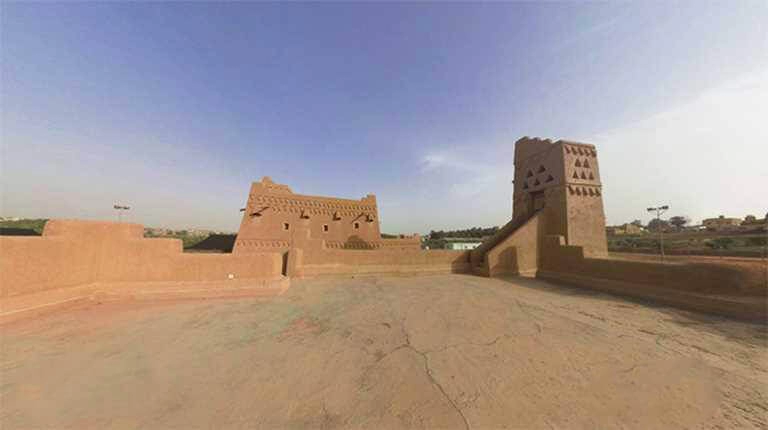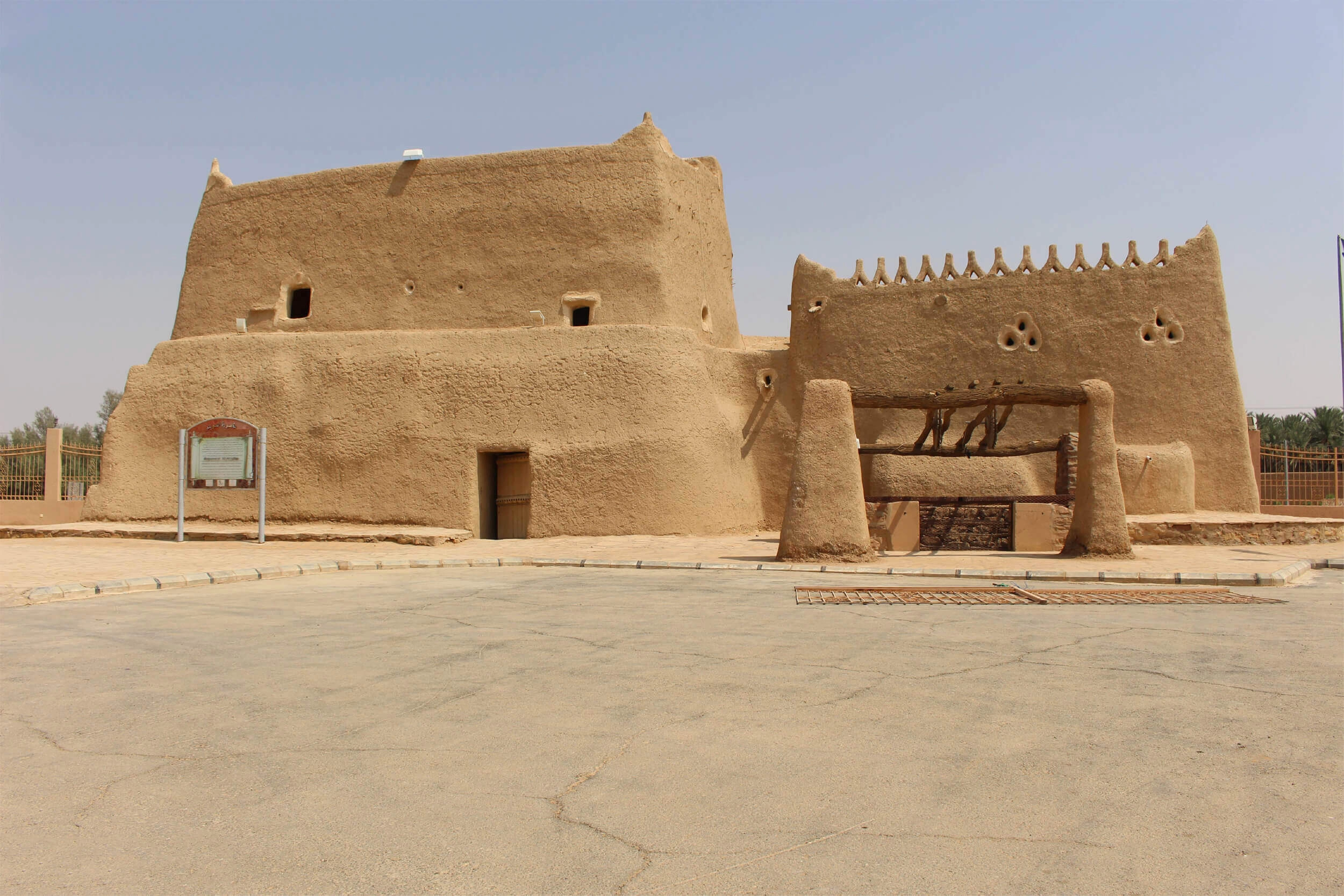About :
The cabin was built in 1190 Hijriya in Al-Pakyria province of Saudi Arabia's Qassim region and is today one of the country's most important archaeological monuments.
The first individual to settle in Al-Pakyria was from the Banu Zayd tribe and the Al-Rajhi family, and he was named Nasser after his grandfather.
Nasser Al-Rajhi lived and settled in Al-Pakyria Province, after which the cabin turned into one of the famous monuments located inside the province, so the state preserved it until it remains to this day one of the important and prominent landmarks located in Qassim
Since it was built, the cabin has undergone a lot of developments to preserve it from erosion as an important and historic heritage.
Nasser Al Rajhi moved from Al Hilalia first, and when he moved, he built the cabin and then completed the rest of the House's annexes in successive stages, such as the main facilities, including a coffee room, a well, and a mosque
He also insisted on the cabin being built in a square geometric shape with only one tower and surrounded by solid and thick walls. The cabin has been subjected to many changes and developments since it was built to protect it from harmful weather factors, as the purpose of building the cabin was to live in it first, and it was also used as some type of fort to shelter in, as it was fully equipped with all important and daily supplies, as well as several warehouses which were used to store essential daily supplies and needs for a long period of time.
The house was built and consisted of two floors. The first floor was equipped to host guests, as well as rooms for storing food. The second floor was prepared for residency. The house also features the style and architecture of warfare such as high walls and outlets for irrigation and other exploration.
Al Rajhi cabin mosque
The mosque is also built with a huge and luxurious beacon to receive visitors and is Characterized by its Najdi model. The mosque has many wonderful and attractive inscriptions on its walls. When you visit and enter the mosque, You find that there is a yard directly leading to the places of prayer and there are triangular openings in the walls for better ventilation and also to help brighten and cool the place in hot summer times.
You will also find that the mosque is divided into two parts, one section is a winter retreat, which is used to hold prayers in times of rain, low temperature, and cold, and a second open section, which contains walls and ceilings designed in an open way to help let the fresh air in during summer Times
As soon as Al-Rajhi arrived in the province, the first thing he built was a well, as there is no life without water, he dug and built the walls of the well, and he also made a pump to help draw water through it. Al-Rajhi's well was one of the largest wells in all of Al-Pakyria as it had about 11 wells.
As for the coffee council, it was the Family Council, which was dedicated to welcoming guests. When you visit the place dedicated to the coffee council, you will find it equipped with wonderful artifacts belonging to this ancient time, as well as historical ancient pendants, which are commandments written by the first parents for their children and grandchildren.
There are also inscriptions belonging to Al-Rajhi which he wrote down in the council. Nasser Al-Rajhi constructed this section as soon as the cabin architecture was completed, and it consists of: (Al-Wajar - Al-Kamar - Al-Samawa).
 العربية
العربية الصينية
الصينية